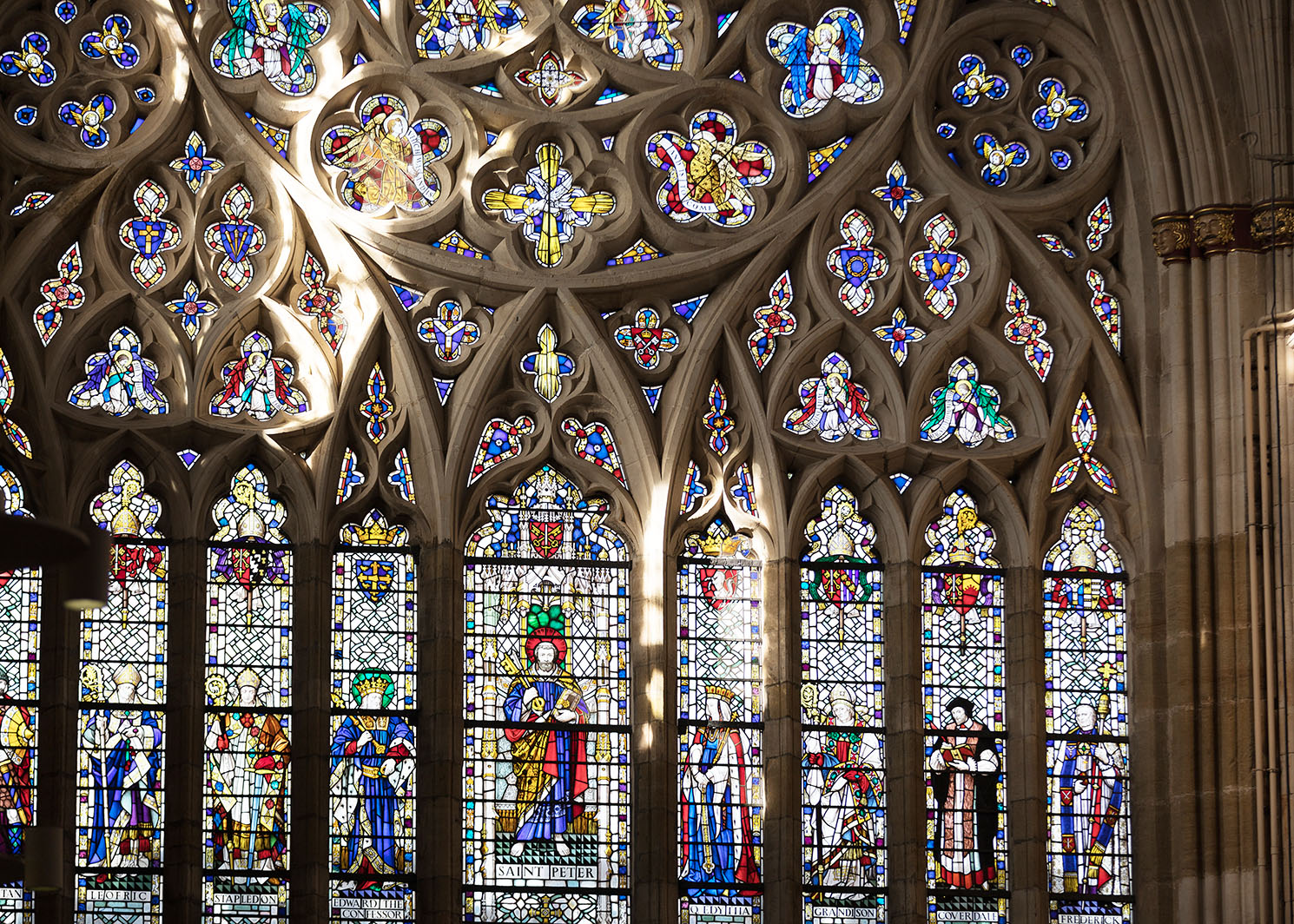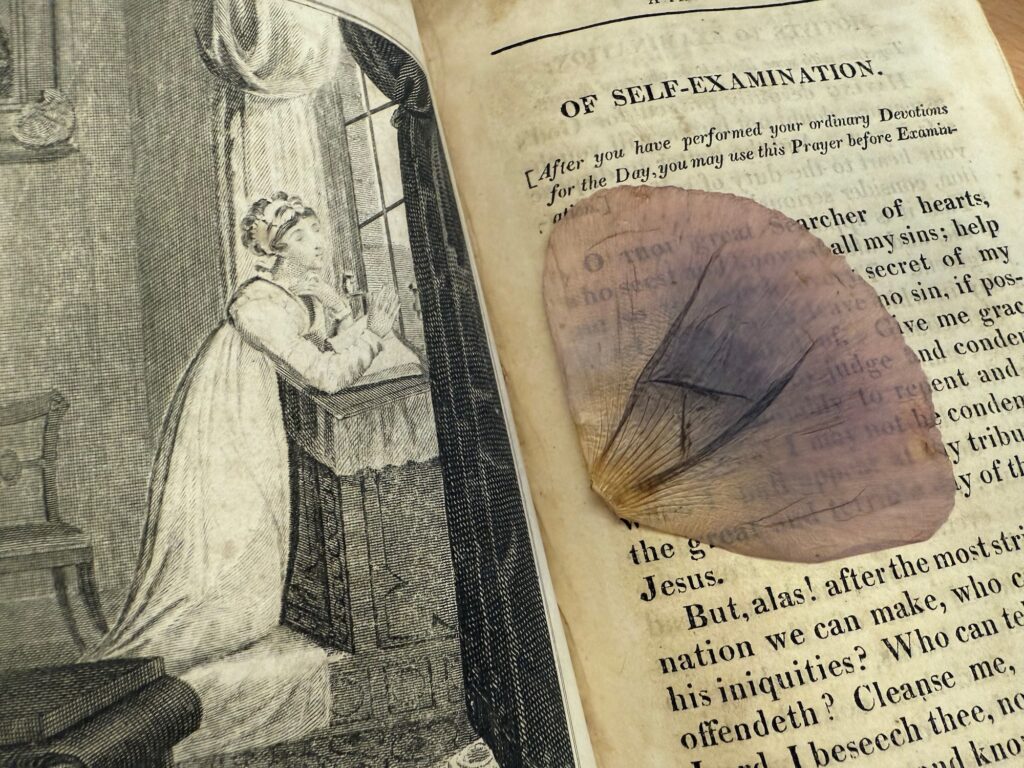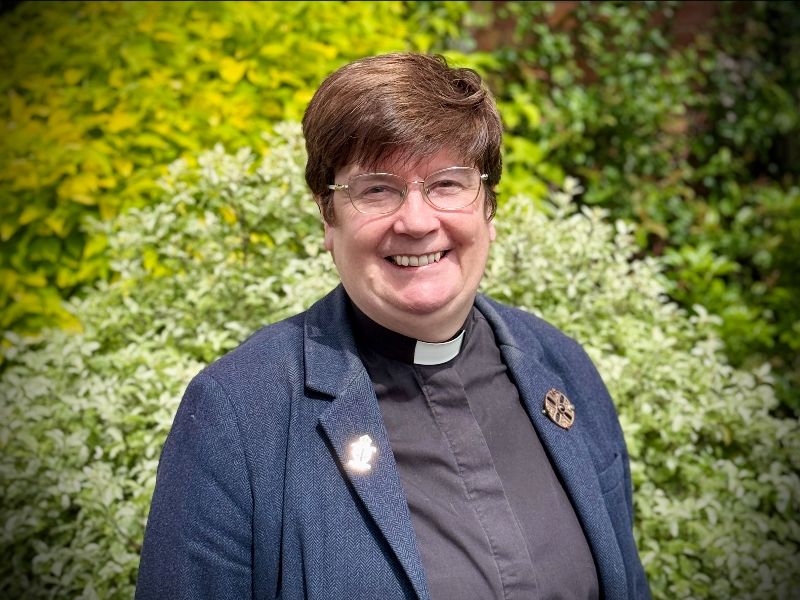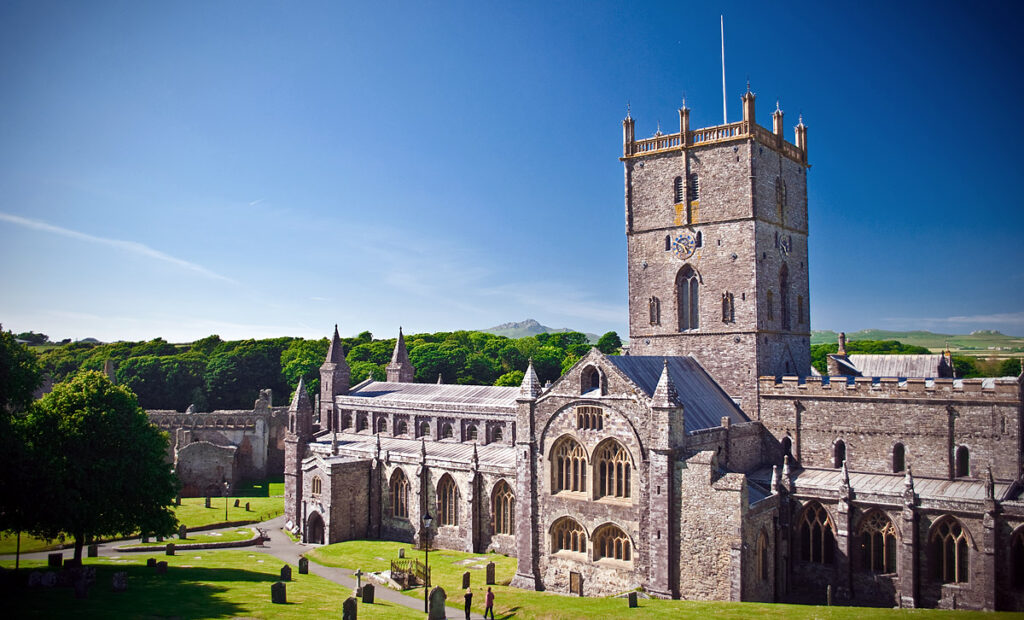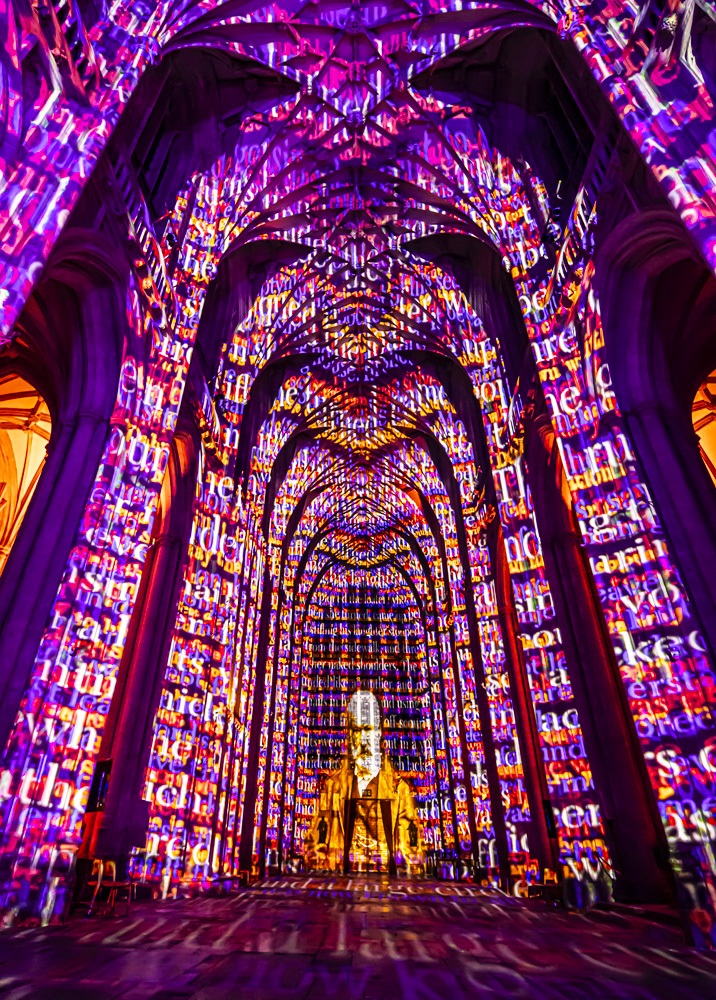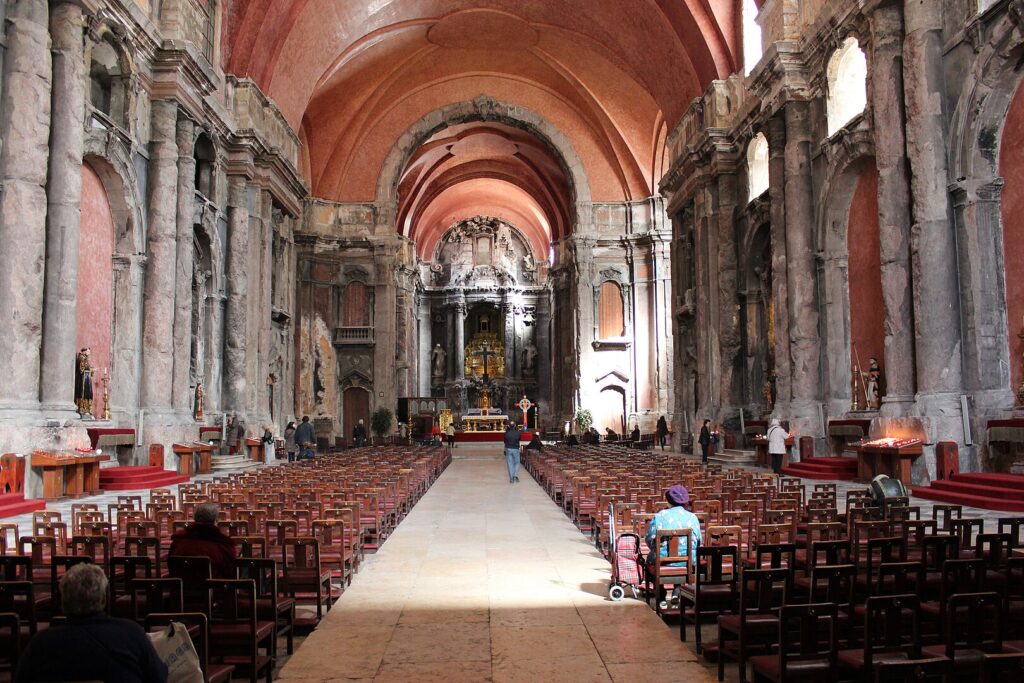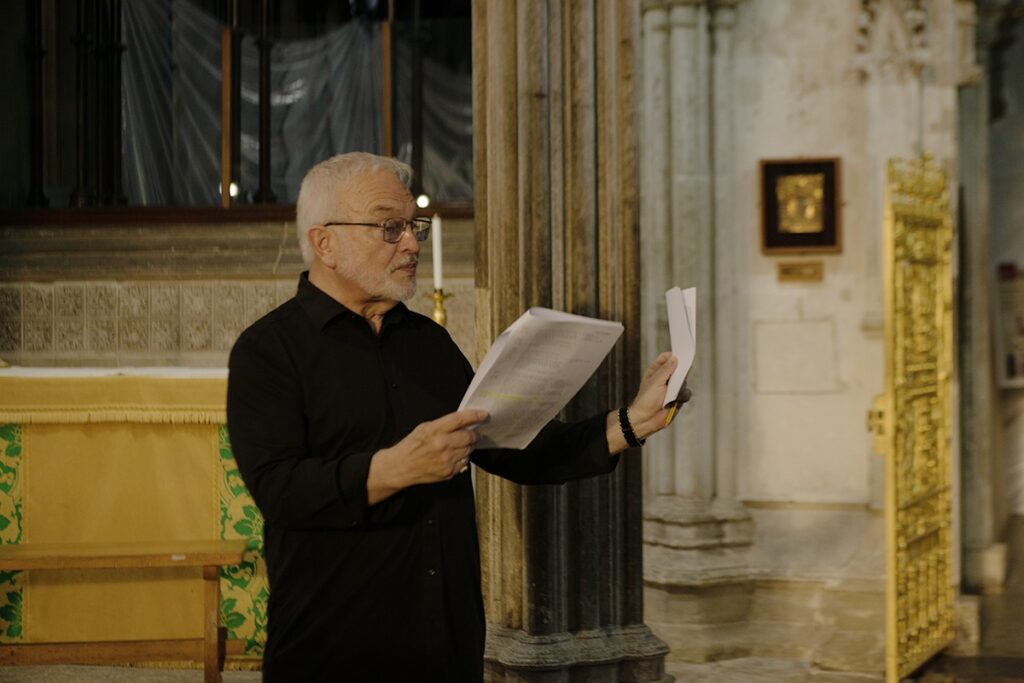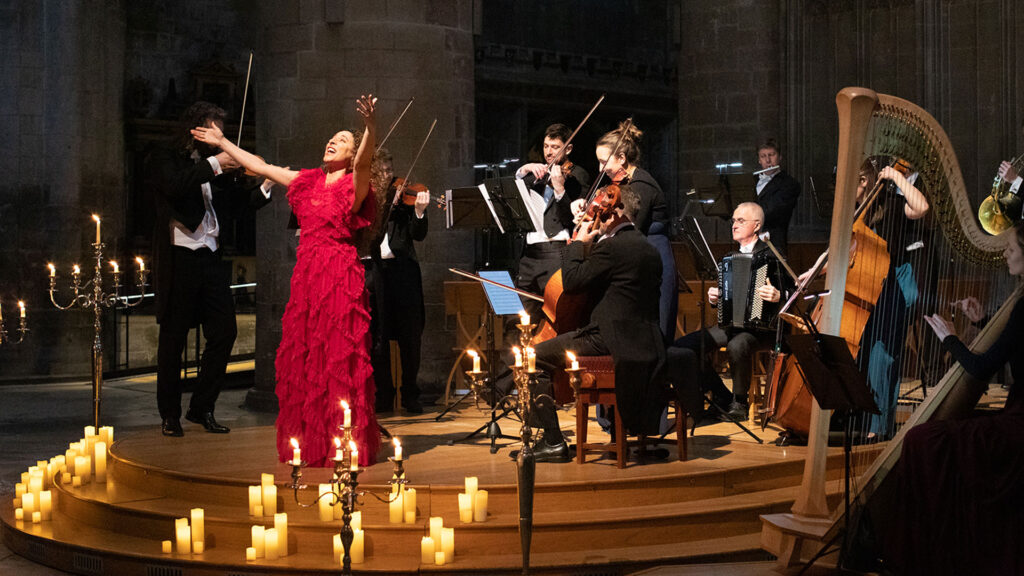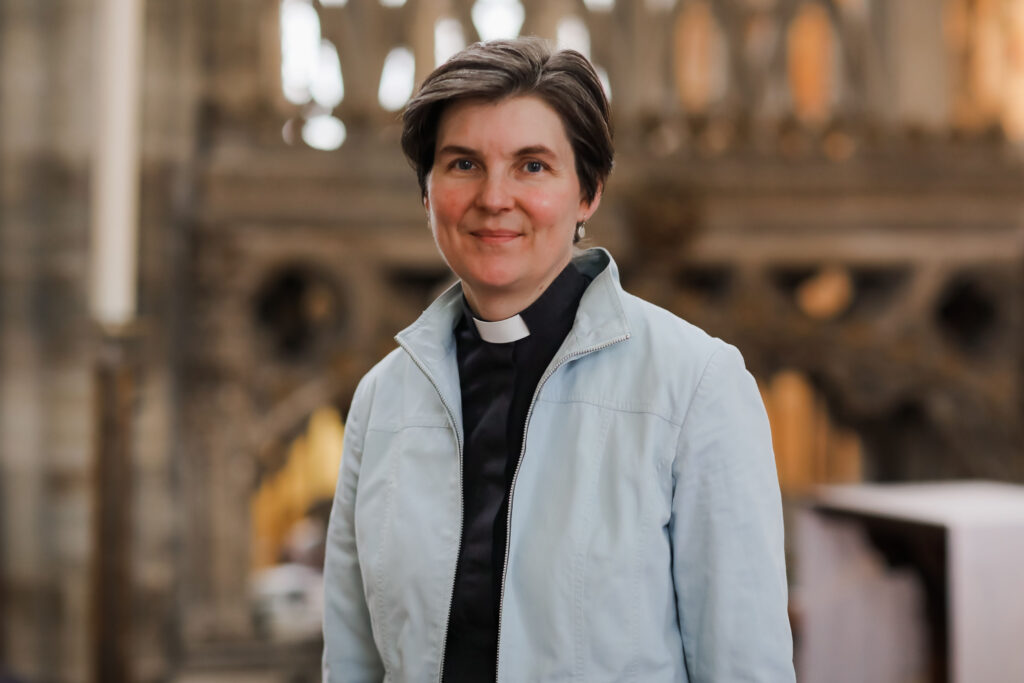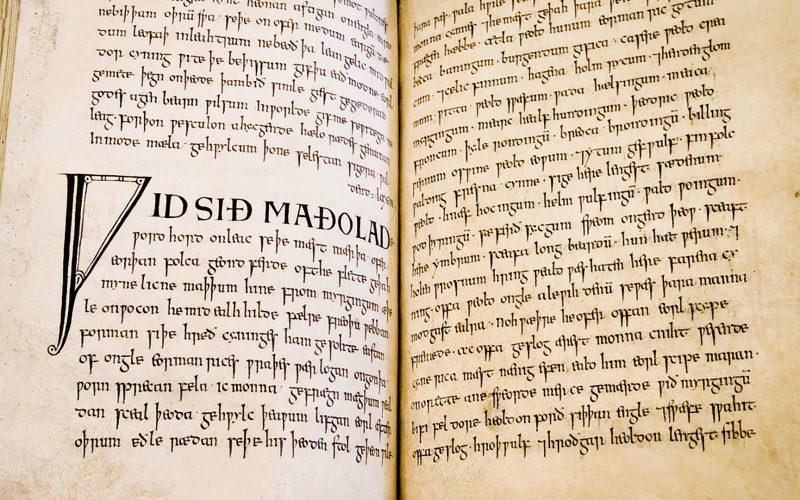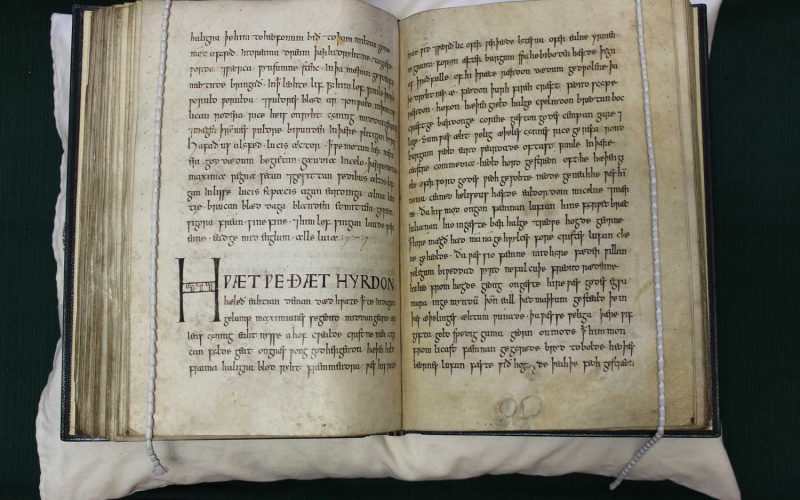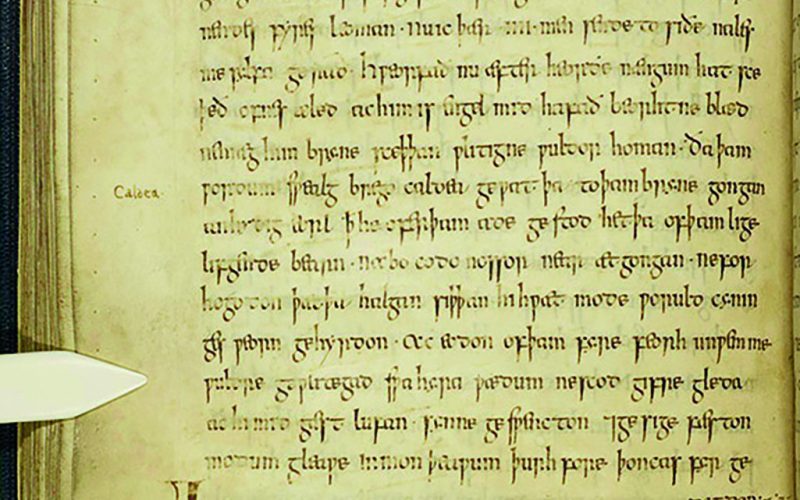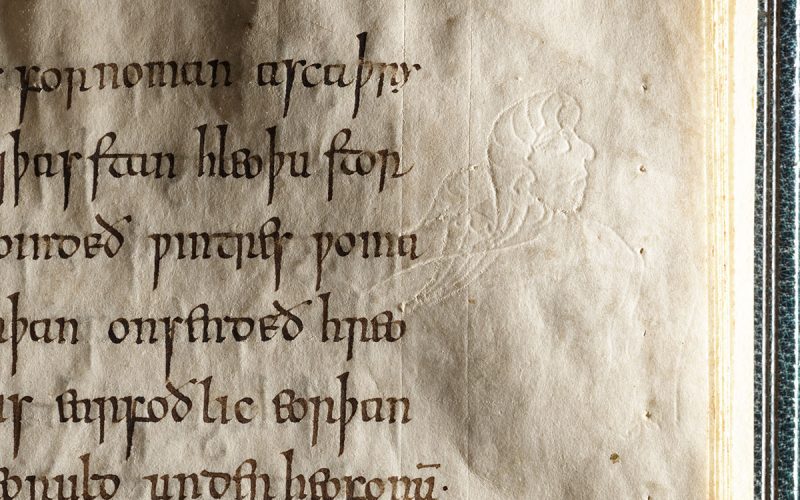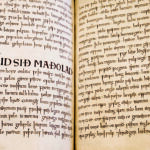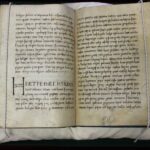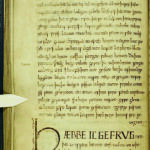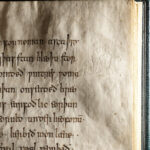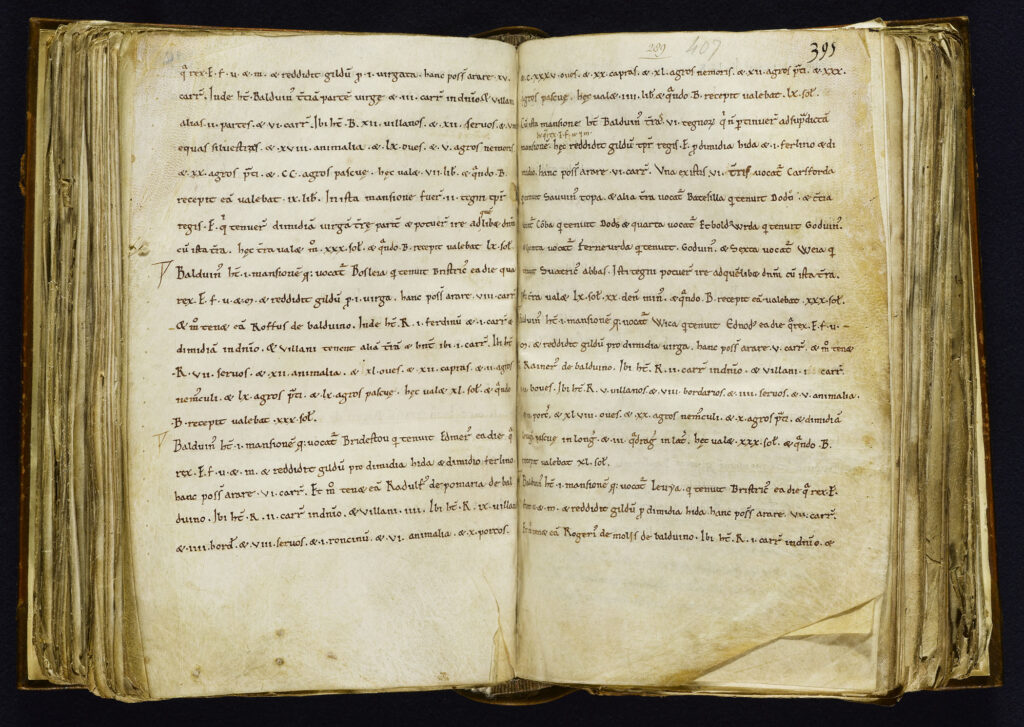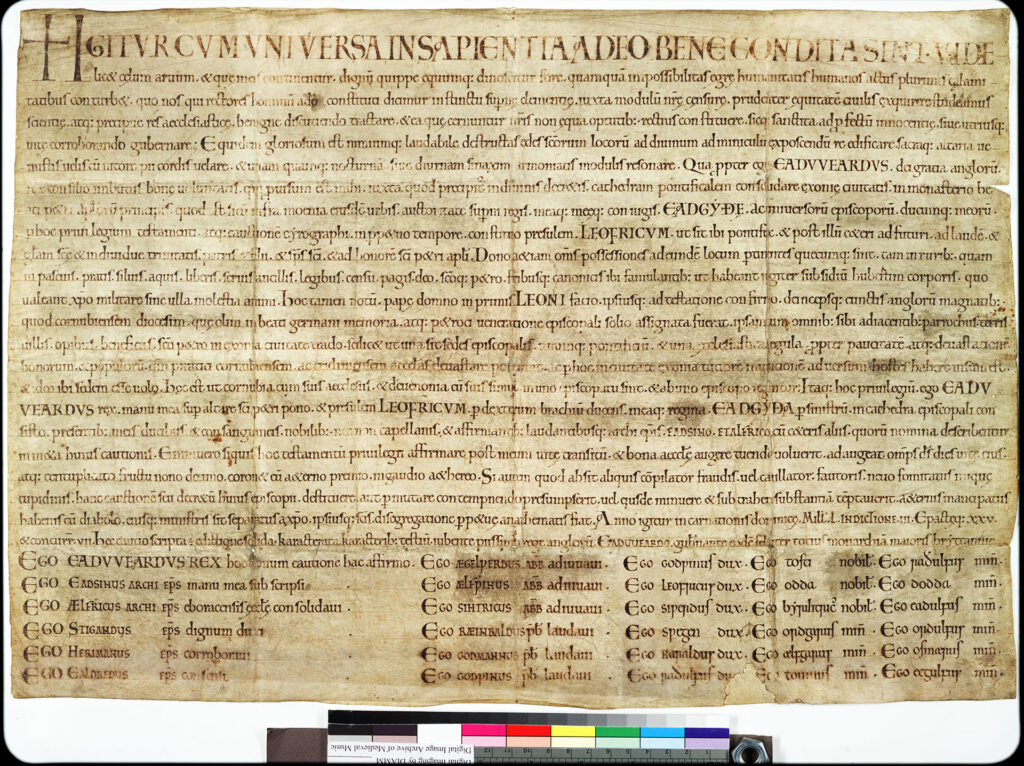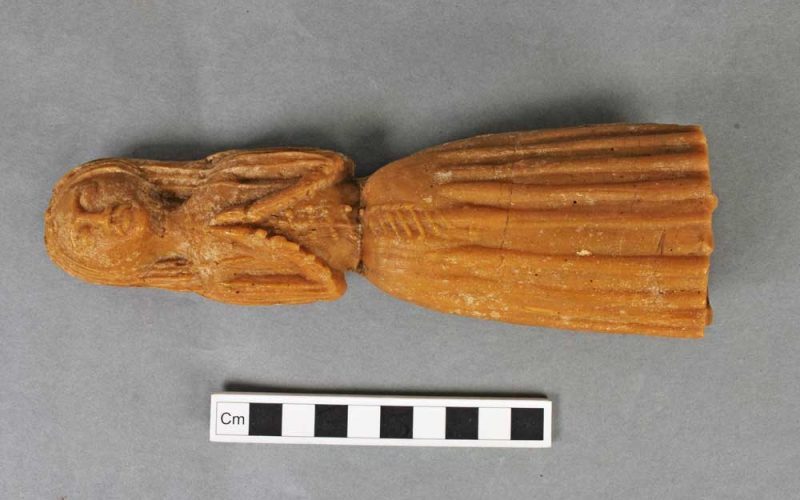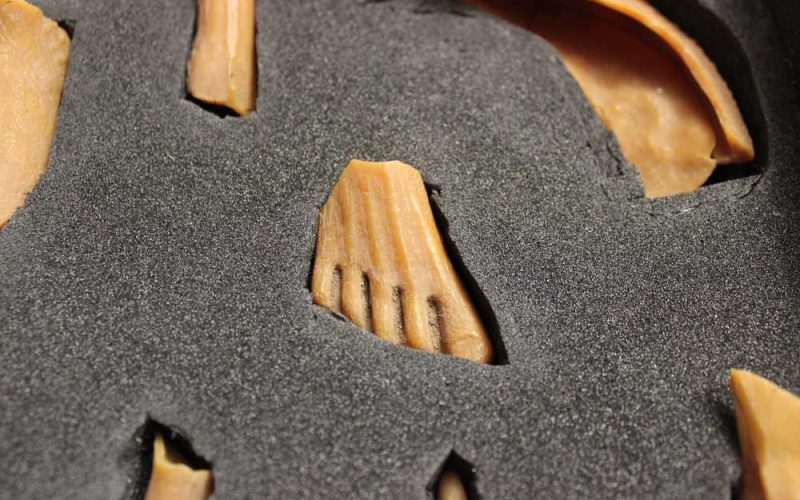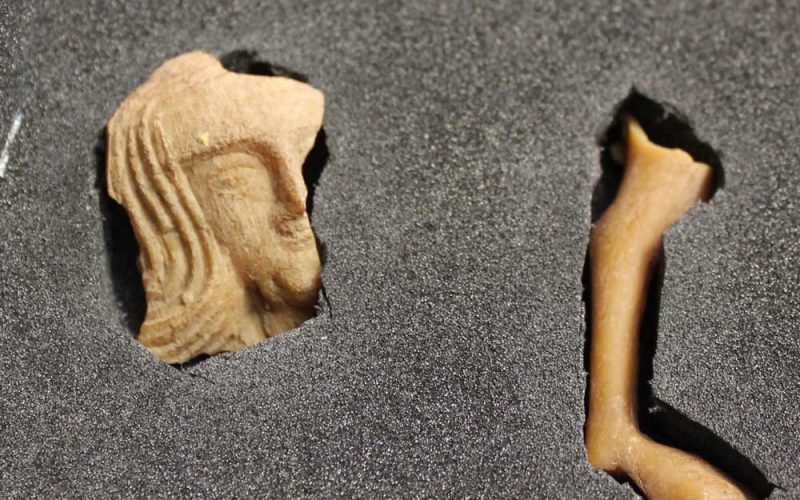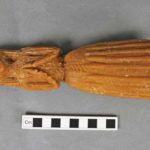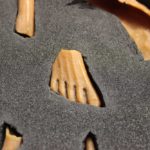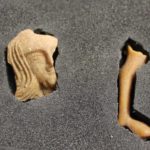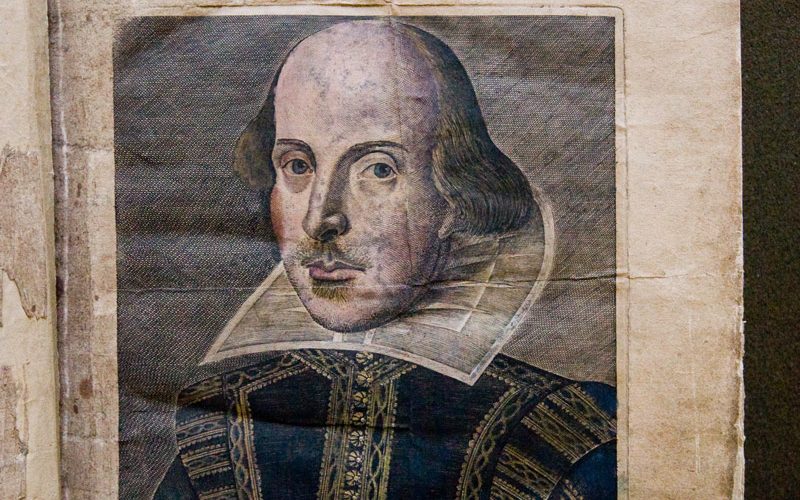Lacy became Bishop of Exeter in 1420, having accompanied his friend Henry V at the Battle of Agincourt (1415). Pilgrimage to his tomb in Exeter Cathedral was one of the practices swept away by the reforming zeal of Dean Simon Heynes (d. 1552), and the tomb (still to be seen on the north side of the quire) was defaced. The wax images were rediscovered behind a stone canopy above it during repair work to the cathedral following the bomb damage in 1942. They are of great importance as there are no other survivals of this kind in Great Britain.
3D images have been made of nine of the largest and most complete figures using equipment at the University of Exeter’s Digital Humanities Laboratory. This will allow reproductions to be made, and the public to use the image to explore the marvellously detailed figures using digital technology.

